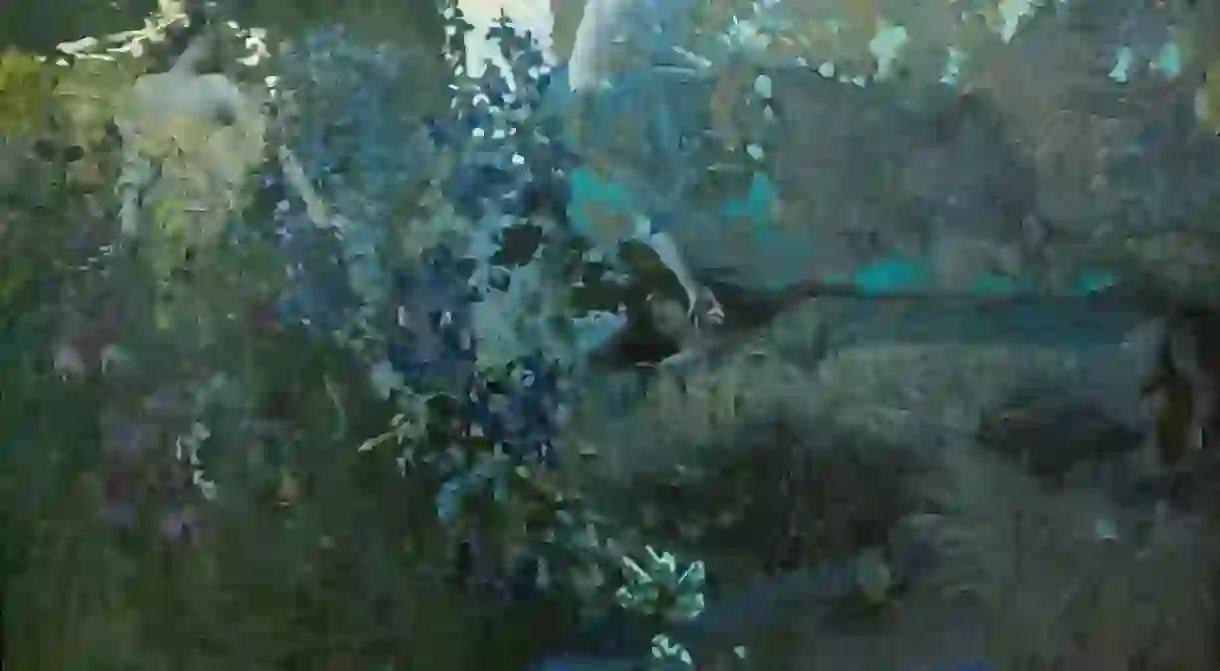7 Interesting Facts About Mikhail Vrubel, Russia's Symbolist Painter

An eccentric artist with a troubled soul – his path in art was a turbulent one, greatly affected by the troubles in his personal life. His paintings, renowned for their mosaic texture, show great power and emotion and haunt the viewer for days afterward. Meet the man behind this art – Mikhail Vrubel (1856-1910).
He did not plan to pursue an art career
Although Vrubel had shown early signs of being skilled at art, his father, a military man, was set on a career for his son in the civil service. He was admitted to the Law Faculty of St Petersburg University. Having moved to the big city, he was gradually introduced to famous Russian artists and composers of the time, and eventually understood his true calling. He completed his university course, but directly afterward he was admitted to the St Petersburg Academy of Arts.

His early career started with icon painting
Upon the recommendation of his teacher at the Academy of Arts in St Petersburg, Vrubel was commissioned to travel to Kiev in order to complete the renovation of icons at St Cyril’s Church. Despite this being a splendid opportunity for a young artist, Vrubel was inconsistent in his efforts. He did not wish to be limited by the strict genre of icon painting and instead explored new techniques and themes. His innovation was not welcome by the Church, and Vrubel decided to return to Moscow.
He met his wife through opera music
Vrubel was a big fan of opera music and coincidentally his wife, Nadezhda Zabela, was an opera singer. Their first meeting happened at a theatre backstage, after her performance. An absolute stranger rushed up to Zabela and started kissing her hand, telling her how beautiful her voice was. He was later introduced to the stunned singer as Mikhail Vrubel. He proposed to her within a few days of their meeting, and surprisingly enough Zabela said ‘yes’.

He lost his only child very early
Zabela and Vrubel had a happy marriage and stayed together until Vrubel’s death. The couple also had a son who was born in 1901. To Vrubel’s dismay, the boy was born with a defect, a cleft lip, which the artist saw as a bad omen. The artist became depressed and was admitted to a psychiatric clinic for the first time. After he went into remission and was sent on holiday, his son died at the age of two, causing Vrubel to once again fall mentally ill.
He was renowned for painting demons
Demons became a common theme in Vrubel’s work, a trademark of his art. He began painting demons at an early stage, when he was working on icons in Kiev. Then, demons followed him throughout his life. Among his famous works was a commission to illustrate none other than a poem about a demon by Mikhail Lermontov. This is when he completed the painting The Demon Seated (1890). Towards the end of his life, the demons become more aggressive and violent-looking. Among his final works is Demon Downcast (1902) completed just before Vrubel was once again institutionalised.

His financial situation was often critical
Despite being recognised for his work during his life, Vrubel was never well off. During his years as a student, he had to take up tutoring on the side. When we started getting paid for his work, Vrubel did not manage to save money at all. He would go ahead and spend it all in one day, preferring to stay hungry than to look poorly dressed. Much of his money went into buying clothes, perfume and paying for expensive restaurants. It is said that on the day of his wedding in Geneva, he had to walk from the train station to the church, as he had no money to pay for a taxi.
He spent his final days in a mental institution
The artist was first admitted into a psychiatric clinic in 1902 when his father died and his son was born with a facial defect. Vrubel suffered a period of depression and was admitted for treatment. He managed to recover for a brief period of time and travelled to Crimea for a prolonged holiday. His health continued to degrade after Vrubel lost his son. He was continuously ill after that, with his health deteriorating with each year. Eventually, he lost his eyesight and could not work. From 1905 to 1910, he was a permanent patient in psychiatric wards until the day he died.














